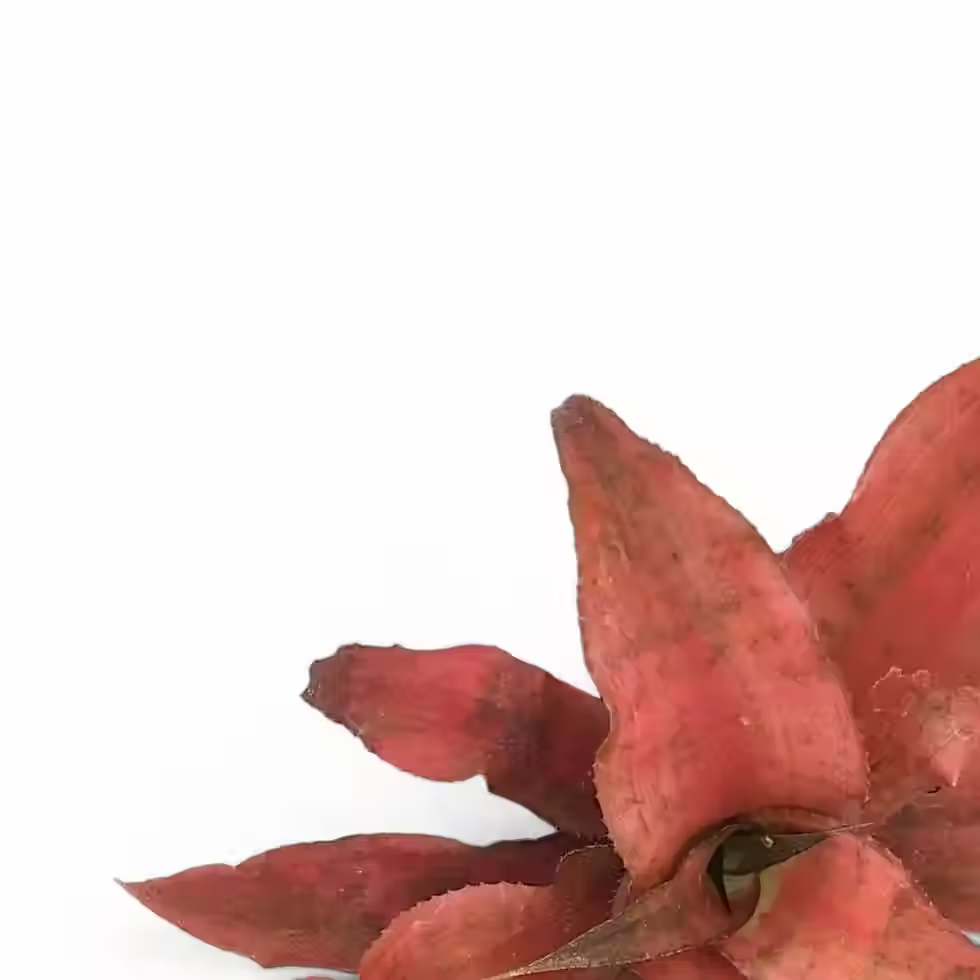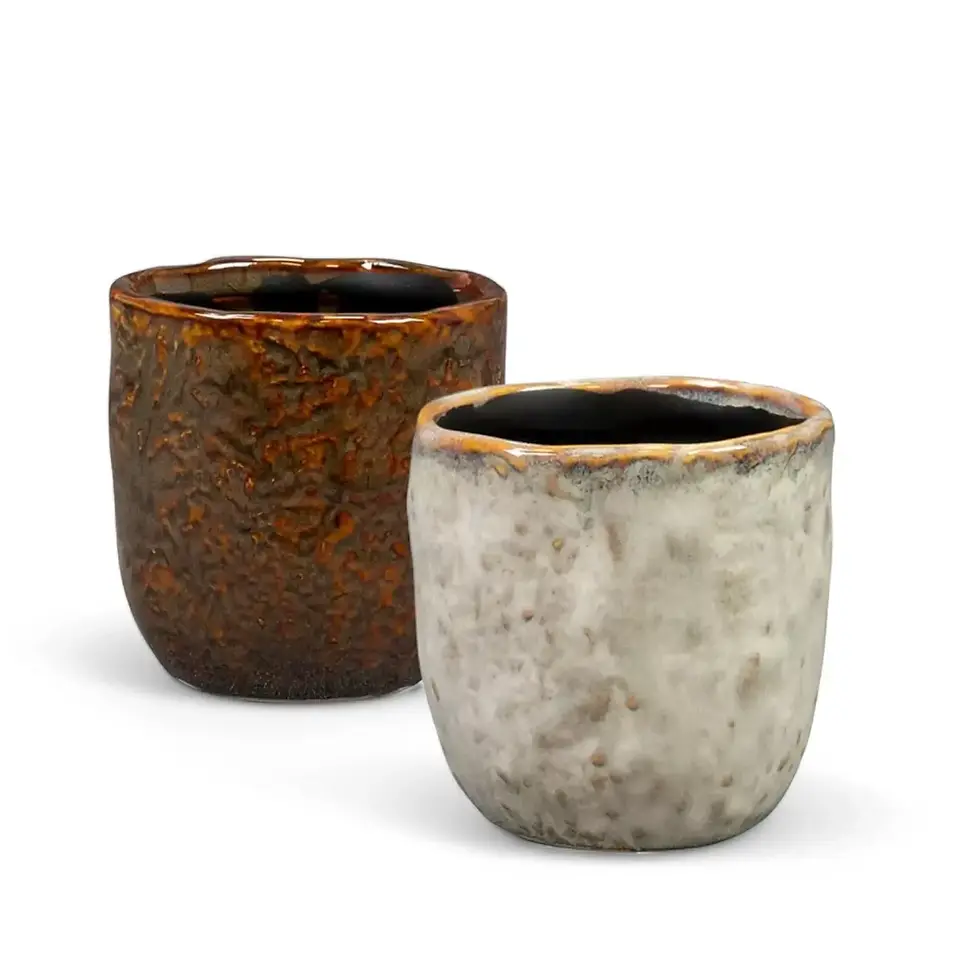Begonia × albopicta - Striking Foliage and Easy Care
Begonia × albopicta is a stunning hybrid of Begonia maculata and Begonia olbia, originating from southeastern Brazil. With its silver-spotted leaves and rich red undersides, this eye-catching plant has been admired since its discovery in 1885. Adaptable and easy to care for, it thrives in various indoor conditions, making it a must-have for any plant enthusiast.
Begonia × albopicta - Features and Growth
→ Foliage and Structure
The elongated green leaves, speckled with silver spots, create a striking contrast. The deep red or maroon undersides add visual depth, making it a standout houseplant.
→ Growth Habit and Size
This compact, bushy grower reaches 0.5 to 1 meter in height, thriving indoors while maintaining a manageable size.
→ Hybrid Origins and Parentage
A fusion of Begonia maculata and Begonia olbia, this hybrid combines resilience with aesthetic appeal.
Begonia × albopicta - Essential Care Guide
→ Light and Placement
Prefers bright, indirect light. Avoid direct sun, which can scorch its delicate leaves. An east- or north-facing window is ideal.
→ Watering and Soil
Keep soil consistently moist but not soggy. Water when the top 2-3 cm of soil dries out. Use well-draining soil and avoid misting a humidifier is preferable.
→ Fertilization and Growth Support
Feed every 4-6 weeks with a balanced liquid fertilizer diluted to half-strength to maintain vibrant leaf coloration and support healthy growth.
→ Temperature and Humidity Needs
Thrives in 18-24°C with high humidity. Keep away from drafts and sudden temperature changes to prevent stress.
Begonia × albopicta - Common Issues and Solutions
→ Root Rot and Overwatering
Caused by overwatering. Symptoms include yellowing leaves and mushy roots. Repot in fresh, well-draining soil and ensure the pot has drainage holes.
→ Leaf Spots and Fungal Issues
Black or brown spots indicate fungal infection. Improve air circulation and avoid wetting the leaves during watering.
→ Leggy Growth and Light Adjustments
Insufficient light can lead to stretched stems. Move to a brighter location, but avoid direct sunlight.
Begonia × albopicta - Additional Tips and Insights
→ Toxicity and Safety
Toxic to pets and humans if ingested. Keep out of reach of children and animals.
→ Pruning and Maintenance
Regular pruning helps maintain shape and encourages bushy growth. Remove dead or yellowing leaves and trim leggy stems as needed.
Begonia × albopicta - Name and Origins
→ Etymology and Botanical History
The name Begonia × albopicta reflects its unique appearance—“albo” refers to its white spots, while “picta” means “painted.” First described in 1885 by William Bull, this hybrid has become a favorite among horticulturists.
Begonia × albopicta
Begonia × albopicta is approximately 10 cm tall and comes in a ⌀ 5 cm pot.

























































